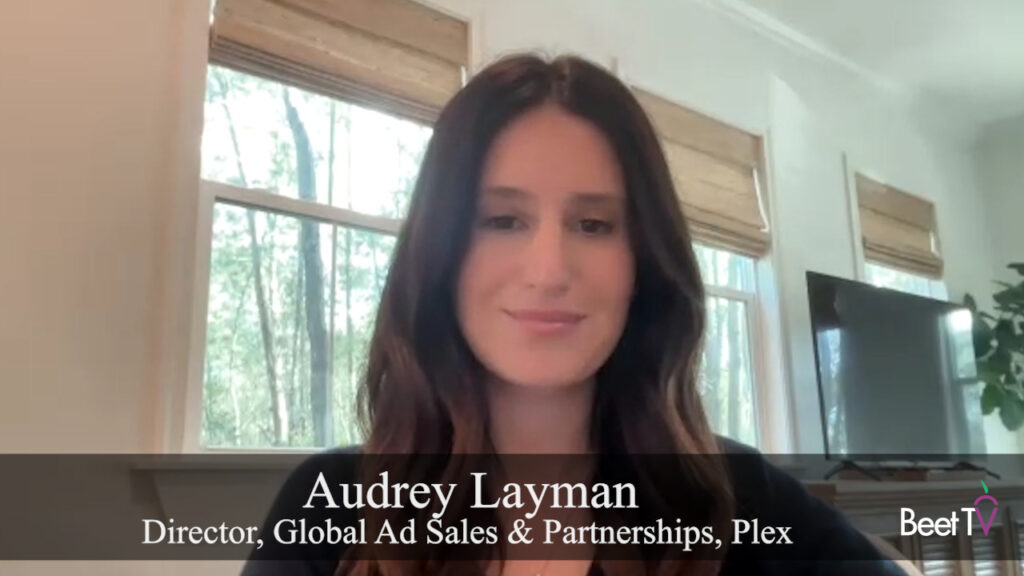WASHINGTON, D.C.-Two major ways that political advertising campaigns differ from those of brand marketers are the “Super Bowl” effect of intense competition and the detailed CRM databases the campaigns have at their disposal. But true programmatic TV buying won’t be available until the 2020 presidential election, not owing to a of lack of technology but to media sellers coveting their rate cards, says the VP of Political Technology for comScore.
In a panel discussion earlier this month at the Beet.TV summit on politics and advertising, Carol Davidsen described the Super Bowl analogy in response to a question from moderator Matt Prohaska of Prohaska Consulting.
“Most media buying campaigns, it’s just a media buying campaign,” Davidsen said. “But here there’s an actual competition between two sides, so people really treat it that way and are always looking for a competitive edge, especially as we get closer and closer to election day.”
Davidsen worked for the Obama presidential campaign in 2012, giving her unique perspective on how streamlined the process of using data to build a media plan has become. Back then, it took many months. “Today if a campaign came to us, we’d be able to get them up and running building media plans with reach and frequency data in a matter of a couple of days,” Davidsen said.
She described as “platinum level” the quality of CRM data available to political campaigns. “Coke, when they’re going after their prospective customers, they don’t have a list of their name, their data of birth, address, who they live with, what elections they’ve shown up to, what donations they’ve made,” Davidsen observed.
She predicted that by the 2020 cycle, at least 70 to 80 percent of political campaigns will be using data to target audiences beyond standard age and sex demographics. There will be true programmatic at that point, not because technology will have improved but because there will be more transparency surrounding the pricing of TV inventory.
“There’s absolutely zero technology limitations at this point that’s stopping programmatic TV,” said Davidsen. “What is blocking is inventory sellers try to maintain close ownership of their rate cards and what they’re willing to sell stuff for.”
This has become less of an issue due to the reporting requirements mandated by the Federal Communications Commission and reported on its website. “Companies like comScore scrape all of the information, match it to our viewership information and we’re actually able to project the low and the high of most inventory sellers’ rate cards,” said Davidsen, “and this will only get better and better over time.”
In her view, it’s “contracts and handshakes that are stopping programmatic from being fully effective.”
You are watching videos from Beet.TV politics and advertising summit presented by OpenX along with Intermarkets. Please find additional videos from the series here.


























